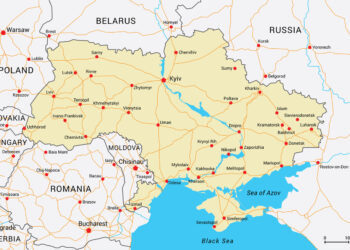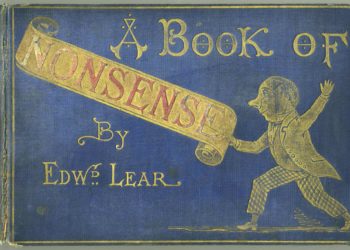Recently, Bowker released book-purchasing and reading habits for 2008, derived from a 60-75 question survey of 36,000 book buyers. The results are shown below in a slideshow. Here are some I found interesting:
- Half of Americans bought a book in 2008; 45% of American read a book in 2008.
- Most books were purchased by female shoppers.
- Seniors are adopting the Kindle the fastest.
- The mystery-detective fiction genre is the most popular. Its readers are also the least affluent.
- Internet bookstores have surpassed large chain bookstores for book shopping.
- Internet ads created awareness for books for 54.1% of respondents.
- Online reviews are driving decisions 2x the rate of printed reviews.
If anyone can explain Slide 19 to me, I’d appreciate it.
Overall, an interesting study of the landscape of book shopping and buying habits.
Discussion
6 Thoughts on "Book Buying Habits — Evolving and Online"
Slide 19 shows the gender split in purchasing across the main genres. Example: Of all units sold in the Mystery/Detective genre, 71% were purchased by women and 29% by men. How valid this is I can’t tell because you don’t know if the women are buying these titles for themselves or for others as gifts.
Slide nineteen breaks down total book sales by gender, not just the number of book buyers. It shows that in all genres except sci-fi, not only are there more women (slide 18), but each female buyer buys more book than the male buyer, in that same genre (women read more books than males).
So if you had 100 book buyers, 57 of them would be female. If you then had 1,000 books purchased, 650 of them would have been bought by women. Each woman would have purchased 11.4 books, while each man would have purchased only 8.1 books. Were it not for SciFi, the imbalance would no doubt have been much worse. Then again, the heavy imbalance in Romance may account for much of the shift, since a typical Harlequin romance is 1/2 to 1/3 the length of a hard sci-fi book (and definitely is written to a lower grade level and doesn’t require any concentration, both of which lead to faster reading and buying more books).
![Reblog this post [with Zemanta]](http://img.zemanta.com/reblog_e.png?x-id=1247f2d1-74d4-4239-8e74-98eb2cf14433)



